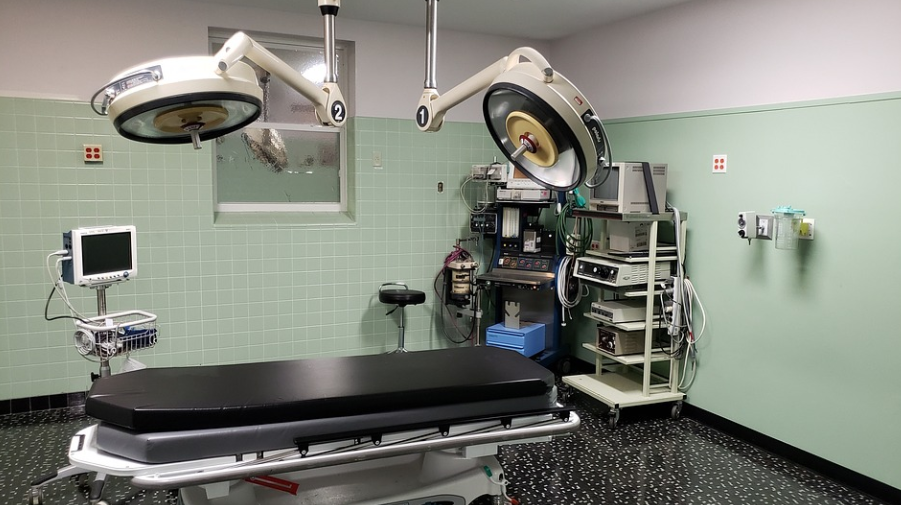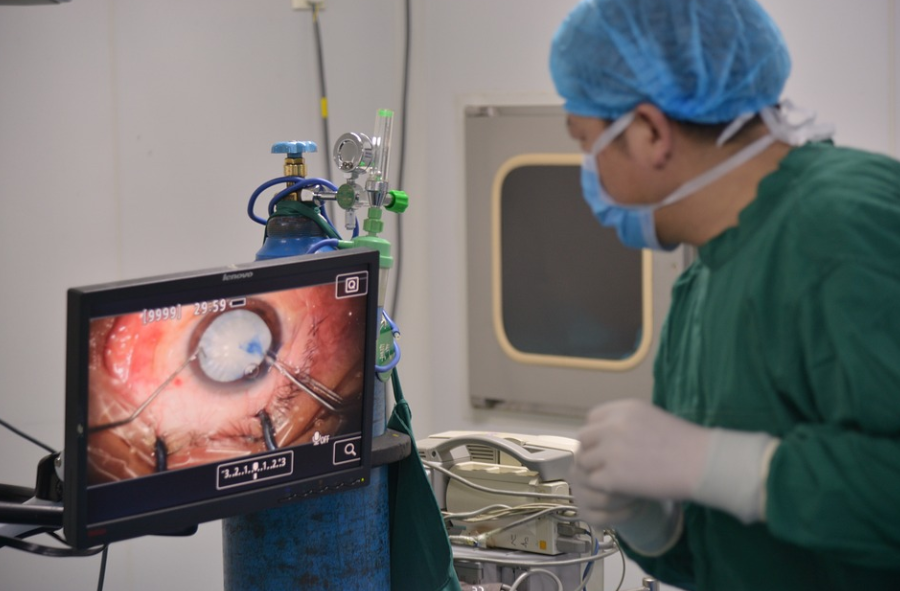The healthcare industry has always been at the forefront of adopting new technologies, and with the emergence of Augmented Reality / AR and Virtueller Rundgang / VR, it is no different. AR and VR are transforming healthcare by providing innovative solutions that were once thought impossible.
From 3D body mapping to seamless medical lab maintenance, these groundbreaking technologies have revolutionized how patients receive treatment. In this blog post, we’ll explore some remarkable ways in which AR and VR are improving healthcare through real-life use cases.
3D Body Mapping
 3D Body Mapping is one of the most incredible ways AR and VR have revolutionized healthcare. It allows doctors to create a 3D digital representation of the patient’s body, making it easier to diagnose any medical condition accurately.
3D Body Mapping is one of the most incredible ways AR and VR have revolutionized healthcare. It allows doctors to create a 3D digital representation of the patient’s body, making it easier to diagnose any medical condition accurately.
Doctors can use this technology to identify problems with organs or bones, detect tumors or other anomalies in the body that may be difficult to see using traditional imaging techniques. By creating a virtual replica of their patient’s anatomy, physicians can observe where abnormalities are located and understand better how they affect overall health.
Seamless Medical Labs Maintenance
Another remarkable way that AR and VR are improving healthcare is through seamless medical lab maintenance. This technology streamlines laboratory processes, making it easier for medical professionals to perform tests and analyze results efficiently.
With the help of AR and VR, lab technicians can easily locate equipment and supplies needed for various experiments or procedures without having to leave their workstations. This saves time and effort, which can be used on other critical tasks.
Better Mental Health Treatment
The field of mental health has been transformed by the integration of AR and VR technologies. These immersive technologies are being used to help patients overcome their fears and anxieties, leading to improved treatment outcomes.
One example is the use of virtual reality exposure therapy for PTSD (Post-Traumatic Stress Disorder) patients. Patients can be placed in a simulated environment where they can gradually re-experience traumatic events in a safe and controlled setting. This allows them to process their emotions better, leading to reduced symptoms over time.
More Accurate Pain Management
 Painkillers don’t just simply know the exact point of pain in your body. So one of the common challenges in healthcare is providing accurate pain management. However, with the help of AR and VR technology, we are seeing a significant improvement in this area. AR and VR have been used to simulate various experiences that can aid in effectively managing pain.
Painkillers don’t just simply know the exact point of pain in your body. So one of the common challenges in healthcare is providing accurate pain management. However, with the help of AR and VR technology, we are seeing a significant improvement in this area. AR and VR have been used to simulate various experiences that can aid in effectively managing pain.
For example, virtual reality environments can be created to provide patients with a calming atmosphere, which helps them relax and manage their pain more effectively. Additionally, augmented reality has also been used as an effective tool for accurately identifying the location and severity of pain. This is particularly useful for chronic pain conditions where pinpointing the exact source of discomfort can prove challenging.
Integrating AR and VR technology into healthcare is a remarkable development that will continue to transform the industry in the years ahead. As these technologies become more advanced and widespread, we can expect even more innovative solutions that improve patient outcomes and enhance the overall quality of care provided by medical professionals around the world.
